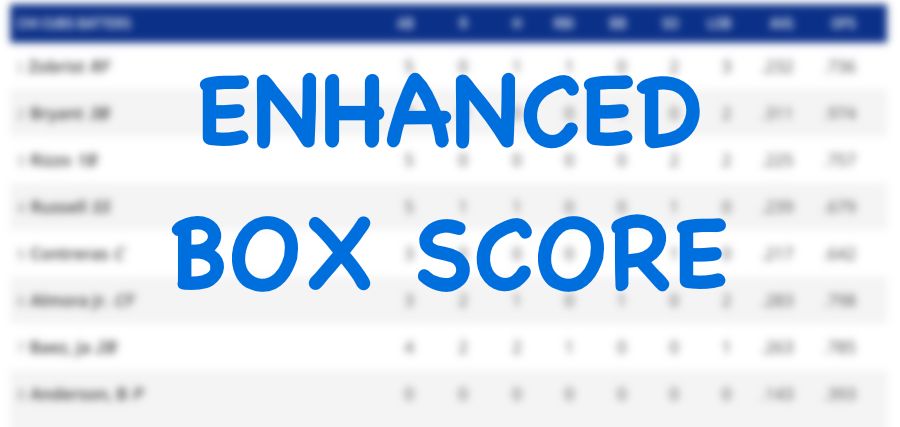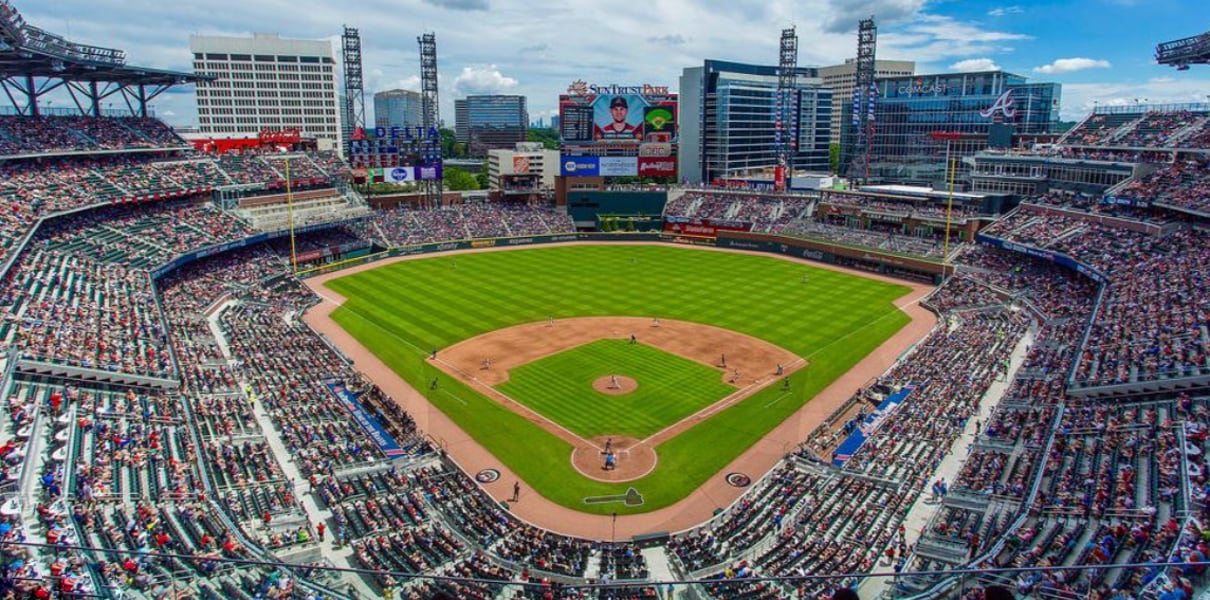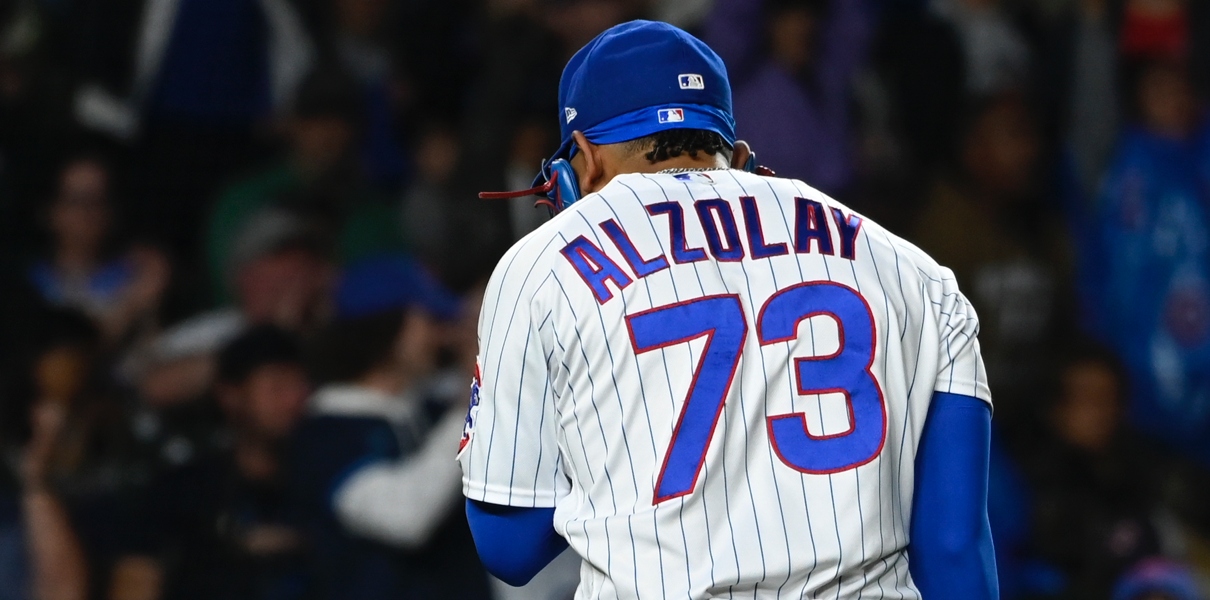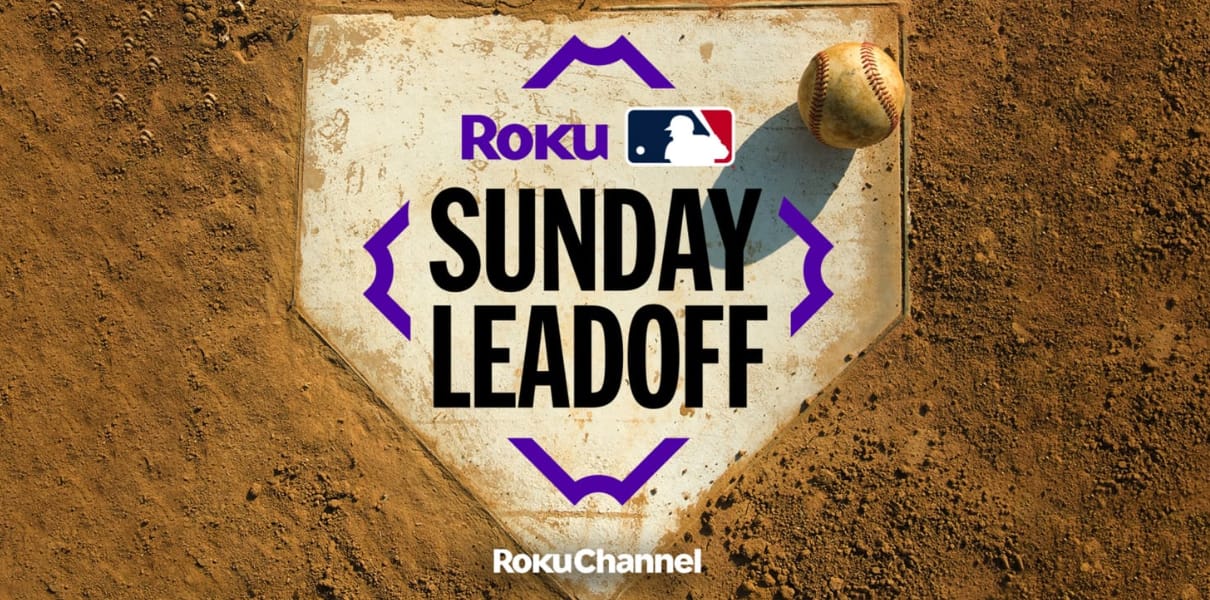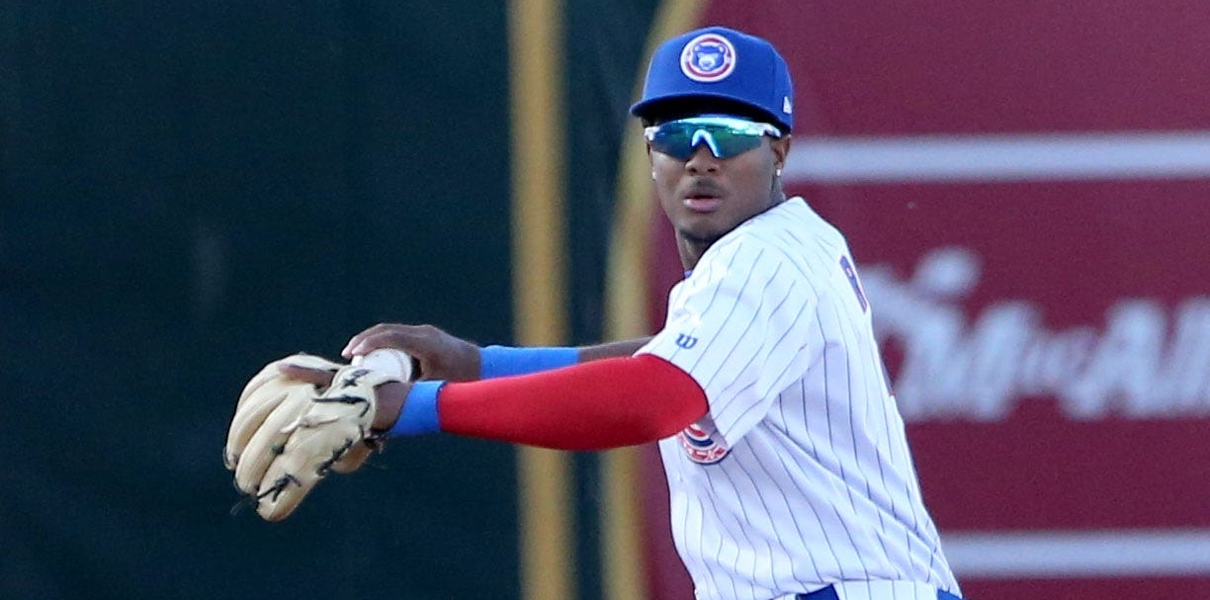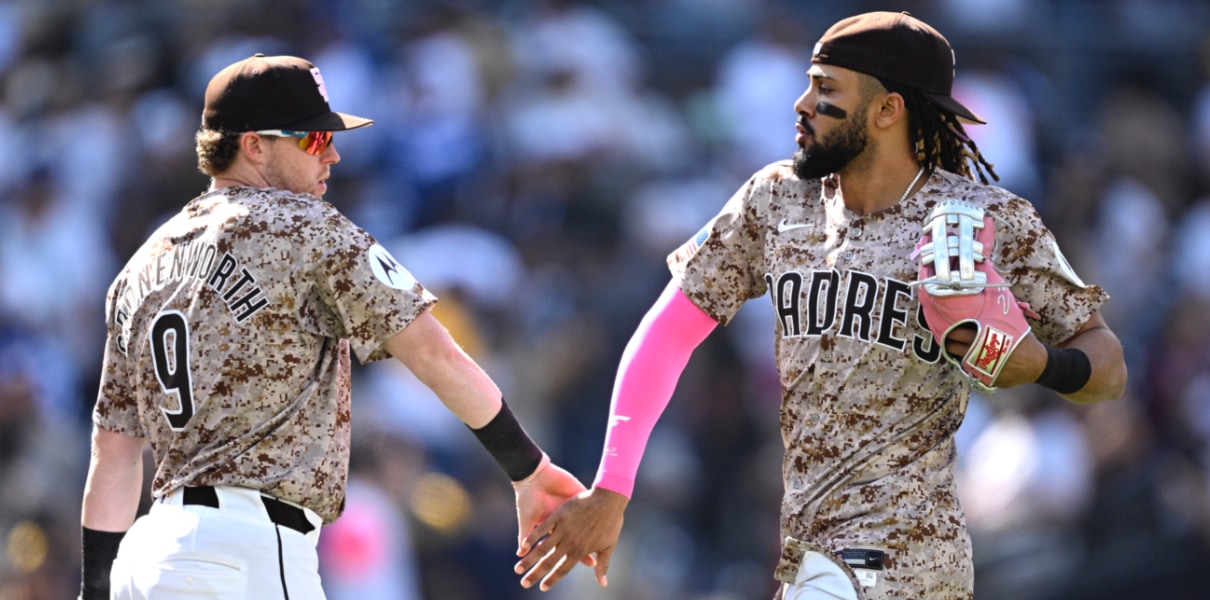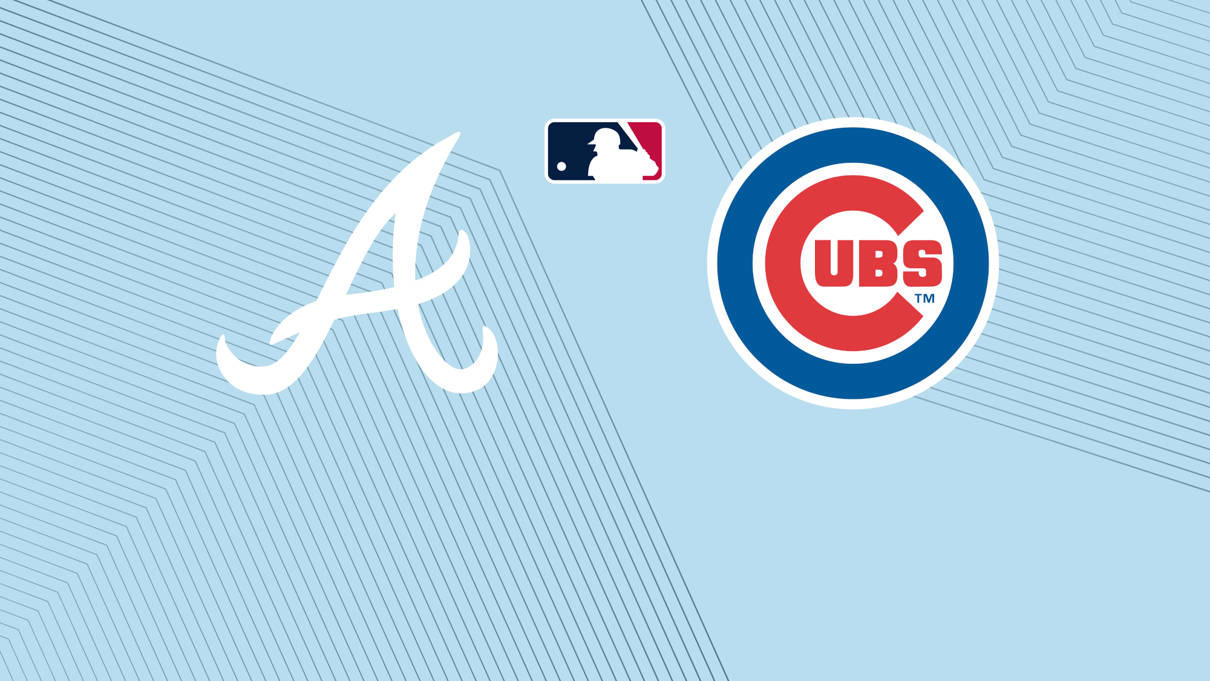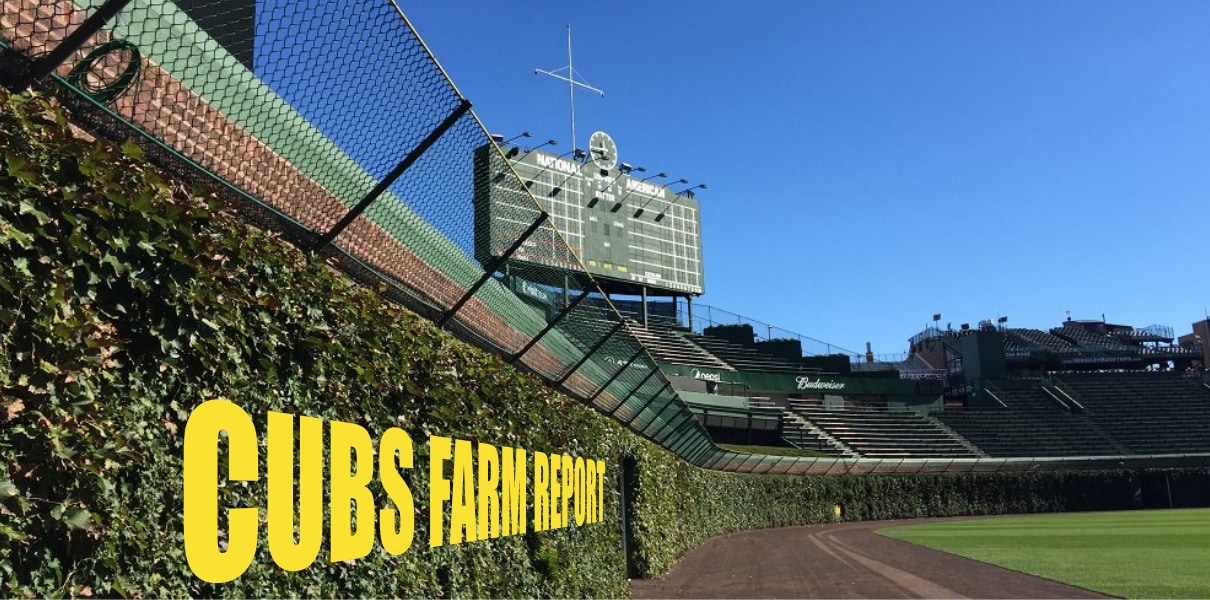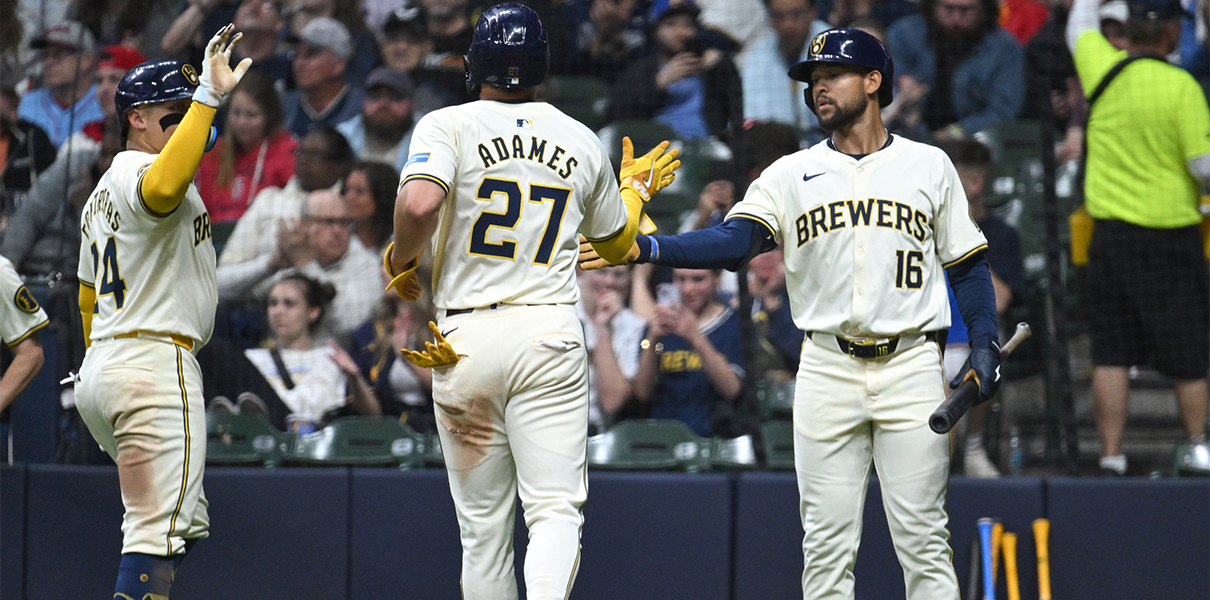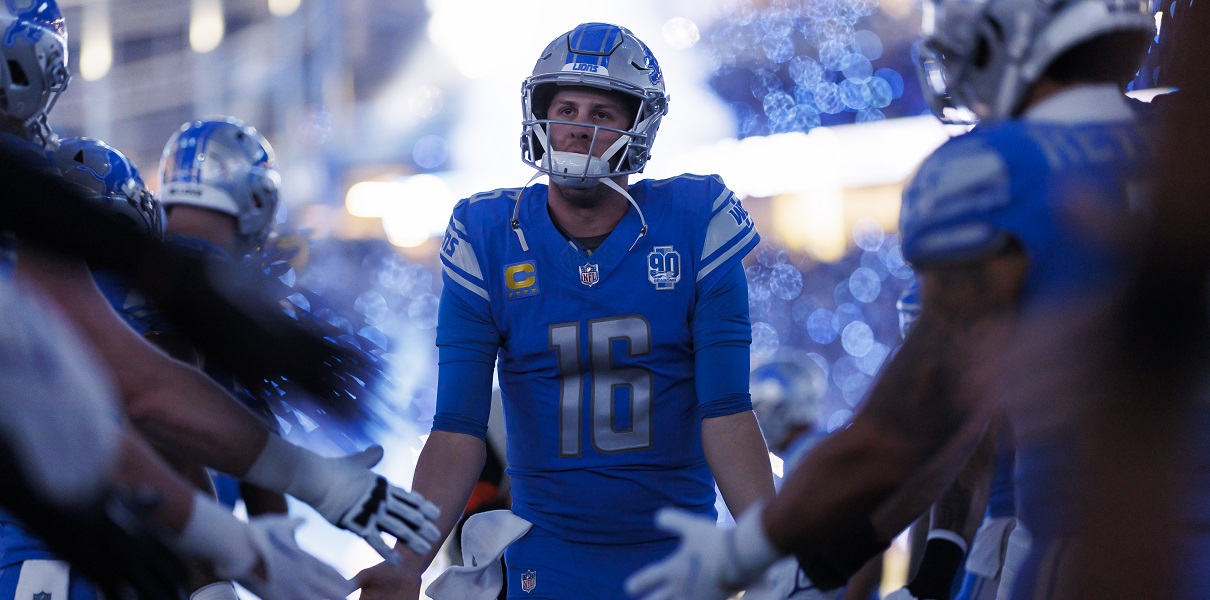I hope it’s become apparent, as you’ve watched arms arriving in the big leagues, that these Chicago Cubs aren’t quite the same as the Chicago Cubs of 2015-2019, when you might’ve thought homegrown pitching was secretly a poison pill the Cubs were desperate to avoid. After years of getting virtually no contribution whatsoever from homegrown pitchers, the Cubs now get meaningful contributions almost nightly from guys they have drafted/signed and developed.
We know that the Cubs dramatically overhauled their scouting and player development system in late 2018 and through 2019, and then made dramatic changes to the front office and coaching throughout the system in 2020 through this past offseason. Some of that, I think, is indeed showing up in the volume of arms that are coming up ready to rock the last couple years (particularly in the bullpen). But where are the waves and waves of impact starting pitching prospects that we need to be seeing?
Well, they’re coming. But it takes time.
Because of the very long tail of player scouting, drafting, signing, and development, it can take years and years from the time you “actually improve” your process as an organization, and the time you’re getting results in the big leagues. (I mean, heck, Justin Steele was drafted EIGHT YEARS AGO and he’s only just now emerging as a guy that we think, yeah, this guy could be a legit big league starting pitcher.)
That is to say, if the Cubs did make significant process-oriented improvements from 2018-20, and even if they were SPOT ON improvements, we wouldn’t necessarily see the fruits at the big league level until next year and beyond.
Which is not to say we’ve gotta just lean on a “trust us, it’s working” appeal to authority. We can, of course, look at minor league data to see how things are going on the pitching side. There, you’ll find that the Cubs’ pitching staff at Triple-A Iowa has the second best ERA in the International League (with the 4th best strikeout rate, and the 9th best groundout/air out rate). At Double-A, the Tennessee Smokies are 4th in the Southern League in ERA, third in strikeout rate, and 3rd in groundout/air out. At High-A, the South Bend Cubs are 4th in the Midwest League in ERA, 5th in strikeout rate, and 6th in groundout/air out. At Low-A, the Myrtle Beach Pelicans are 1st in the Carolina League in ERA, 4th in strikeout rate, and 5th in groundout/air out.
Those are broad statistical categories, and I don’t mean to imply that they tell you the whole story, but the short version is that, at every single level, the Cubs have one of the better-performing groups of pitchers in their league. Every single level. That seems good! I doubt there are many other organizations where that’s true at every level.
But here’s what all of this has been building toward, including the headline. What if you could look under the hood, not at the results, but at the quality of the pitching, itself? What if you could quantify that into an expected ERA, and what if you could look at it for an entire organization, not just an individual league?
Thank you, DriveLine’s Kyle Boddy, and hello Cubs:
Speaking of the Yankees' MiLB pitching dev machine, here's your MiLB org xERA update through 5/23:
Top 3: CHC (1), CLE (2), NYY (3)
Bot 3: ARI (28), OAK (29), CWS (30)Biggest surprise is WSN at #4!#milb #playerdev #bigdata #analytics #doesanyoneusehashtagsanymore https://t.co/5suI5mhEoU
— Kyle Boddy (@drivelinebases) May 24, 2022
That’s right. Among all 30 organizations, the Chicago Cubs currently have the best expected ERA in the minor leagues. That doesn’t necessarily mean they have the best collection of big-league-caliber prospects on the pitching side, but it is definitely a data point supporting the ideas that the Cubs (1) do have a decent volume of big league caliber pitching in the minors; and (2) have gotten much better at developing pitching over the last couple years.
(Also note that Cubs GM Carter Hawkins’ old org, Cleveland, is there at number two. Here’s hoping he brought a lotta that secret sauce over with him.)
Remember, there were already a data points that suggested the Cubs had dramatically improved their ability to develop pitching last year. And now, the early data in 2022 indicate Cubs minor league pitching is doing very, very well.
None of this proves that what the Cubs did to overhaul things in 2018-2020 have “worked” – that’ll be in the pudding in 2023 and beyond at the big league level – but if their efforts HAD been working, this is the kind of thing you would see. I’m very, very happy to see it.




